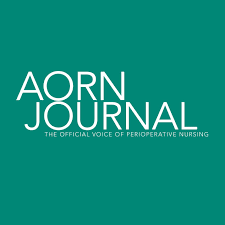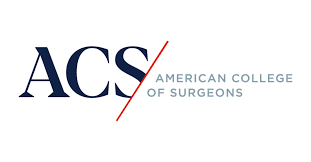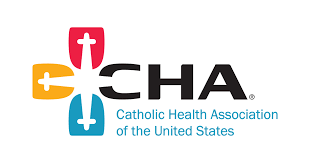Guideline updates for energy-generating devices
Editor's Note AORN has updated its Guideline for the Safe Use of Surgical Energy Devices for 2026 to reflect technology updates for these devices, according to a December 4 AORN news story featuring update insights from lead author Renae Wright, DNP, RN, EBP-C, CNOR. The first major change discussed is…
Review: Top reasons for perioperative nurse turnover intention

Editor's Note Younger perioperative nurses with less experience are more likely to consider leaving compared to older perioperative nurses, according to a systematic review on factors related to turnover intention among OR nurses published in the November 2025 issue of AORN Journal. The investigators reviewed 11 studies on turnover intention…
Session: Advocacy in action—Empowering your teams toward successful legislative integration, safety excellence

Editor's Note Advocacy begins where safety meets purpose. That was the resounding message from UF Health Shands’ Michele Brunges, MSN, RN, CNOR, CHSE, director of surgical services; Katherine Hayes, BSN, RN, CNOR-CARD, nursing professional development specialist for perioperative services; and Kristy Perry, MSN, RN, CNOR, clinical coordinator of the north…
Simulation-based robotic surgery training boosts team confidence, communication

Editor's Note Hands-on, simulation-based education can dramatically raise confidence and communication among perioperative teams learning robotic-assisted surgery, AORN Journal October 22 reports. The article profiles how one nurse leader at Duke University Hospital built a comprehensive robotics training program that helped staff achieve near-total confidence in managing robotic systems safely…
AORN: Periop patient ambassadors transform communication, outcomes in surgical care

Editor's Note Hospitals adopting perioperative patient ambassadors are seeing major gains in surgical communication, patient trust, and satisfaction, AORN August 18 reports. An EIN Presswire release on September 30 also highlights AORN’s call for hospitals to formalize the patient ambassador role as part of the surgical team. AORN notes that…
ACS conference charts bold future for surgical quality with data, teamwork, frontline innovation

Editor's Note Surgical quality leaders are pushing boundaries with new strategies that blend technology, frontline engagement, and national-local collaboration. That was the message from the American College of Surgeons (ACS) Quality and Safety Conference (QSC), held July 17–20, 2025, in San Diego, according to a September 10 ACS report. The…
Health systems report dramatic nurse retention gains through residency, development programs

Editor's Note Two of the nation’s largest health systems are reporting major progress in nurse retention after investing in structured residency programs, mentorship, and professional development. According to a September 10 article from the Catholic Health Association of the United States, CommonSpirit Health has boosted new nurse retention to 86%…
Understanding nurse responsibilities in managing postoperative agitation, delirium
Editor's Note A recent article in AORN Journal underscores the need for vigilance and thorough documentation to manage postoperative mental status changes and prevent harm to both patients and staff. As detailed in the article, cognitive disturbances such as delirium and agitation can complicate recovery after surgery. Delirium is characterized…
Navigating OR construction design, compliance, approval in a booming ASC market

Editor’s Note: This page is a companion piece to the main article, Proper planning prevents OR construction, renovation cost creep. It brings together four focused updates on OR and ambulatory surgery center (ASC) construction and renovation: Regulatory shifts: The Joint Commission's updated safety and sustainability requirements for hospitals and ASCs, including new…
Poor documentation, positioning top risks in perioperative malpractice cases

Editor's Note Failure to document thoroughly, position patients safely, and follow facility policies are leading causes of malpractice claims against perioperative nurses, according to an analysis published in the AORN Journal on May 28. Although physicians are more frequently named in malpractice suits, nurses are the primary provider responsible in…

 Free Daily News
Free Daily News